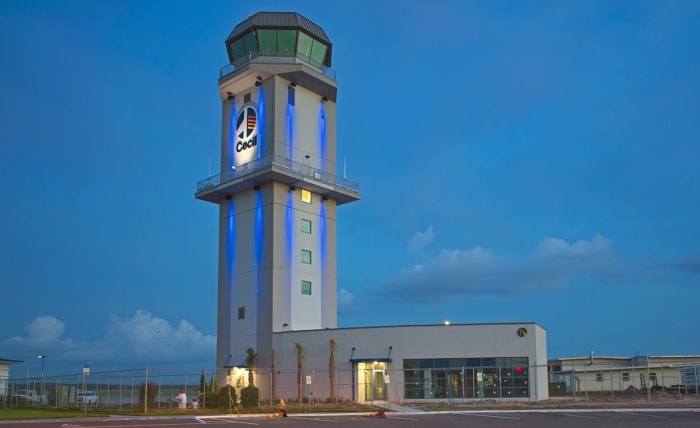Summary:
Venus Aerospace successfully tested its Rotating Detonation Rocket Engine (RDRE), a breakthrough in hypersonic flight
The RDRE uses shockwaves from continuous explosions for propulsion, making it more efficient than traditional engines
Test flight reached 4,400 feet altitude and 383 mph speed, with plans for hypersonic travel by the 2030s
Engine is 10 times cheaper to build and operate, with no moving parts and 3D-printable in a week
Potential applications include military, commercial flights, and space launches
Texas Startup’s Hypersonic Rocket Aces First Flight Test
Venus Aerospace, a Houston-based propulsion company, has successfully tested its Rotating Detonation Rocket Engine (RDRE), marking a significant milestone in hypersonic flight technology. This breakthrough could eventually enable flights from Los Angeles to Tokyo in under two hours.
The Breakthrough
The RDRE is a revolutionary engine that uses continuous explosions (detonations) to propel aircraft at speeds exceeding six times the speed of sound. Unlike traditional engines, which rely on steady combustion, the RDRE generates thrust through shockwaves, making it more efficient and compact.
 Ground-based test of the conceptual rocket design. © Venus Aerospace
Ground-based test of the conceptual rocket design. © Venus Aerospace
The Test Flight
The recent test at Spaceport America in New Mexico saw a small rocket equipped with the RDRE reach an altitude of 4,400 feet and a speed of 383 mph (half the speed of sound). The engine burned for seven seconds, and the rocket landed safely via parachute.
Why It Matters
- Cost-Effective: The RDRE is 10 times cheaper to build and operate than traditional engines, with no moving parts and the ability to be 3D-printed in a week.
- Efficiency: It produces more thrust with the same fuel, making it ideal for military, commercial, and spaceflight applications.
- Future Applications: Potential uses include hypersonic weapons and launching larger space payloads.
What’s Next?
Venus Aerospace aims to have operational RDRE systems by the early 2030s. The company is now focused on scaling the technology and engaging with investors, including U.S. defense agencies and commercial partners.
This test brings us one step closer to turning hypersonic travel from science fiction into reality.








Comments